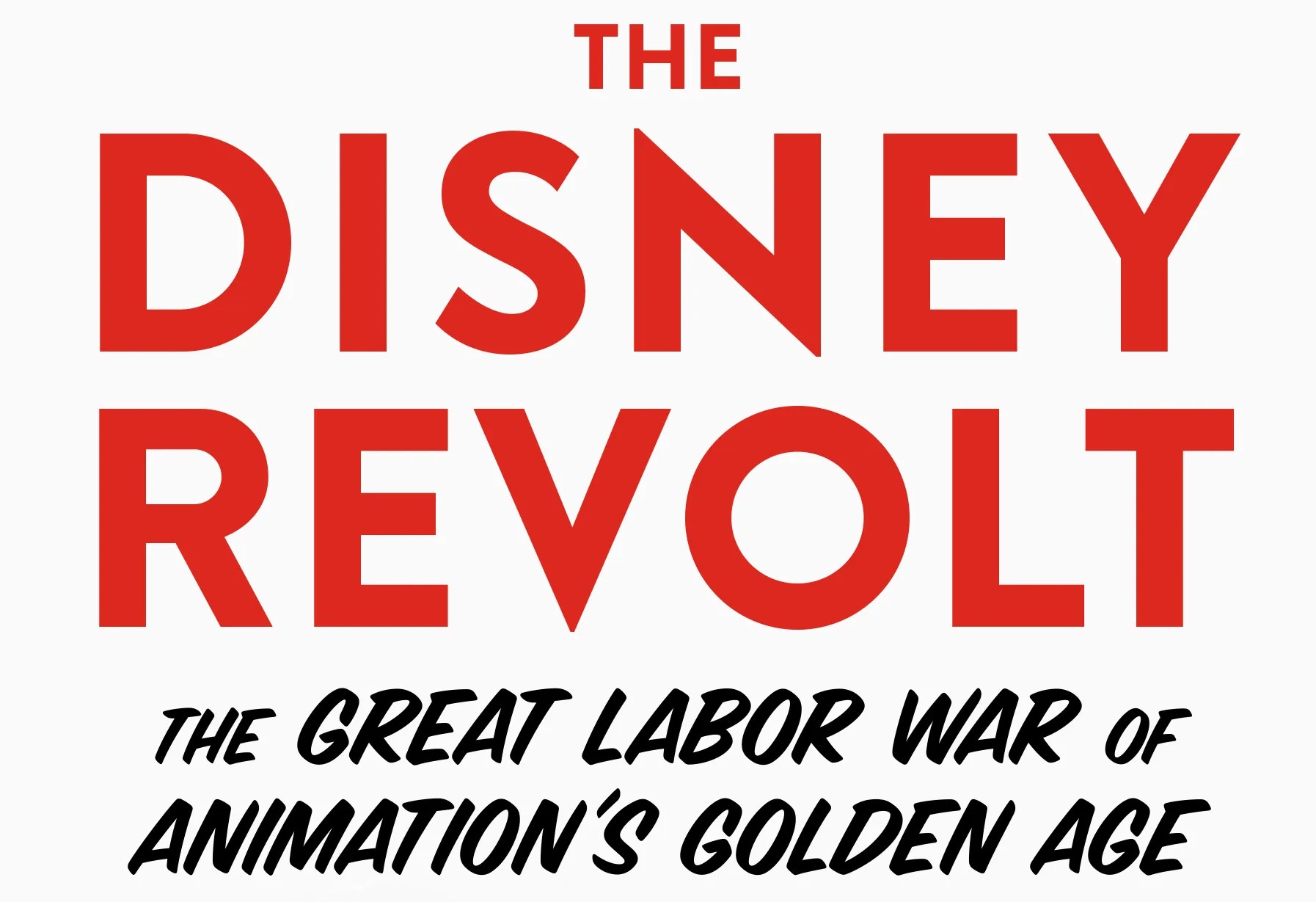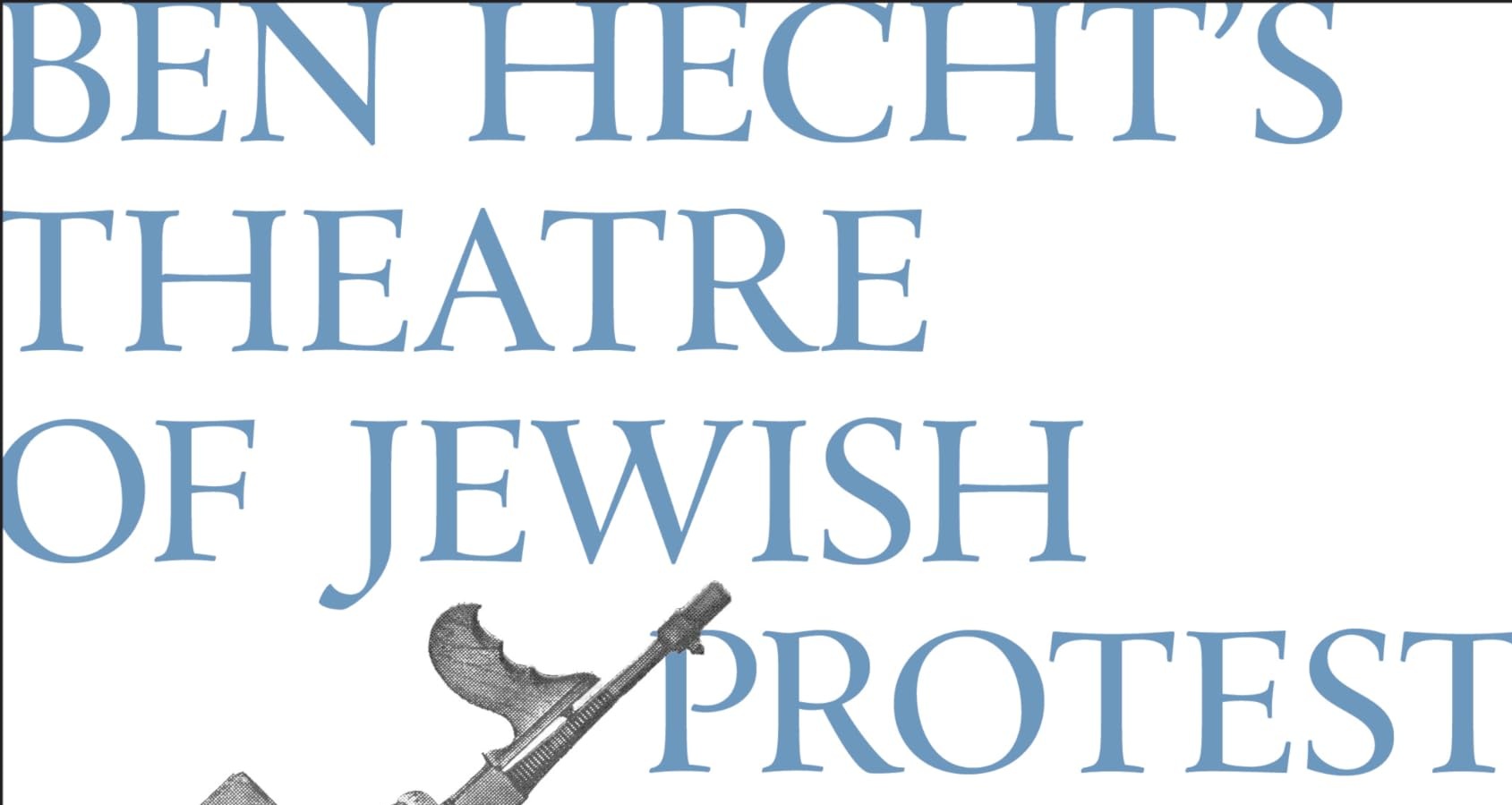
The Disney Revolt: The Great Labor War of Animation’s Golden Age, written by Jake S. Friedman, is a timely and relevant book for 2023.

Jake S. Friedman does a superb job in telling the history of the Disney Revolt. First published in 2022, who would have thought that it would be a relevant book during the Hot Labor Summer of the first double strike since 1960. You might not know anything about Disney Legend Art Babbitt going into the book and that’s fine. I certainly didn’t but that’s because the 1941 Disney animator’s strike has gone below the radar for so many years. It wasn’t until Snow White‘s 50th anniversary in 1987 before Babbitt was welcomed back by Roy E. Disney. A posthumous Disney Legend honor would follow in 2007. But for a number of years, Babbitt was persona non grata at Disney. Bad blood remained when the National Relations Board and Supreme Court forced Walt Disney to rehire the animator. The rest is history.
The roots of antisemitic allegations against Walt Disney date all the way back to 1941. This was when a number of Disney animators had unionized and decided to go on strike. A number of strikers, such as animator Art Babbitt, were Jewish as a number of labor activists were in the 20th century. Ironically, they unionized in order to block Willie Bioff’s IATSE takeover of Hollywood at the time. It’s not the IATSE of today because the Chicago-born Bioff was a corrupt gangster and extorted the studios to prevent any work stoppages. Disney vice president and legal counsel Gunther Lessing had suggested to animator Art Babbitt that the Disney animators form a social organization. Maybe he knew it at the time or not but a company-dominated union went against the National Labor Relations Act. What you might not know is that the Texan-born Lessing had a Jewish father.
Walt Disney himself was anti-Communist and very much against unionizing. He just happened to own a studio in Hollywood and the animators were among the final employees to unionize. Disney very much wanted to get the strikers back to work but he kept stalling in every which direction. Rather than bargain with the employees’ representatives, Disney turned to Bioff in the days after Bioff was charged with tax fraud, extortion, etc. As soon as the strikers realized what Walt was doing, they immediately left because Bioff didn’t represent them. The Screen Cartoonists Guild had the backing of the American Federation of Labor at the time. IATSE’s George Browne was in cahoots with Bioff and was on the AFL board. As soon as the Guild realized what was up, they left the AFL and turned to the Congress of Industrial Organizations (CIO).
One of the best thing about reading The Disney Revolt is that it gets Babbitt’s history out there in the open. Casual fans might not know of his role in the development of Goofy. Many people are familiar with Disney’s Nine Old Men but a number of them came up through the school that wouldn’t have happened without Babbitt. Donald W. Graham was brought on to teach a few days a week in 1932. He would stay on through the strike because his allegiances were torn. Who could blame him? Without the school, who knows what Disney animation would have looked like in the 1930s. Its not an understatement to say how much of a role Graham played in building up those early years of Disney animation, let alone the company’s existence as we know it today.
I’ve read a few biographies of Walt Disney. None of them are as in-depth as Friedman’s reporting on the strike. The Disney Revolt is an essential piece of Disney canon that extends beyond Hollywood itself. This book is a must-read for animation fans, cinephiles, and anyone with an interest in American labor.
Chicago Review Press released The Disney Revolt in bookstores on July 5, 2022 (hardcover) and will release the paperback on September 12, 2023.
Please subscribe to Dugout Dirt and Solzy at the Movies on Substack.







